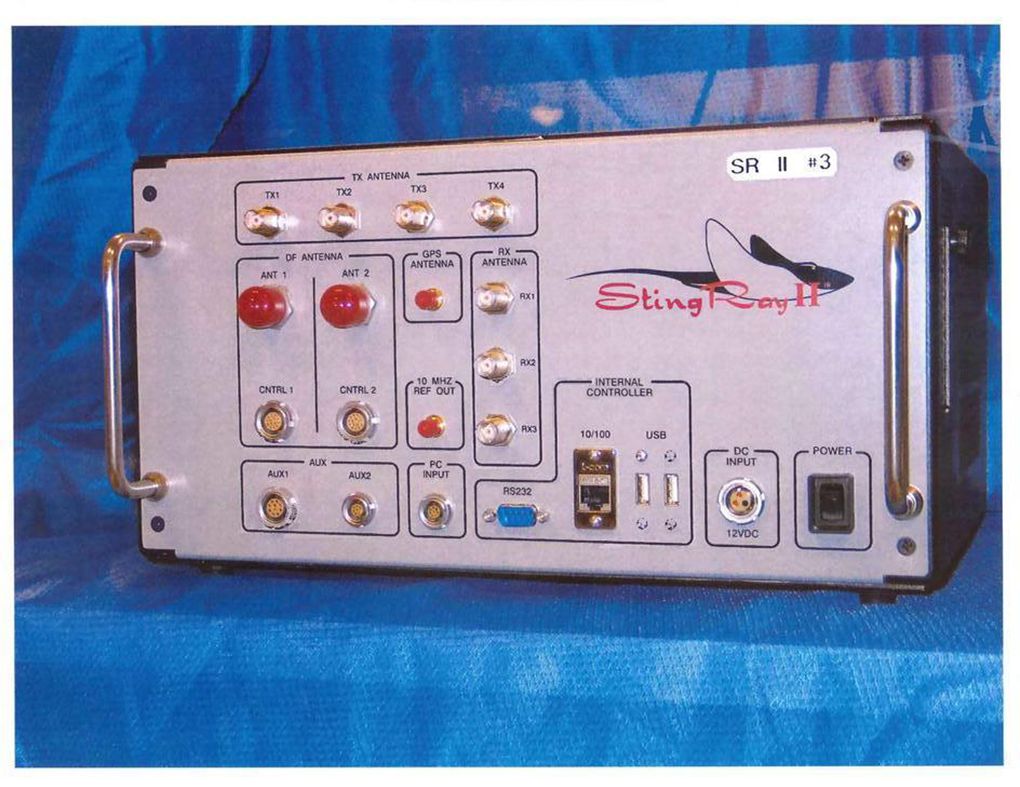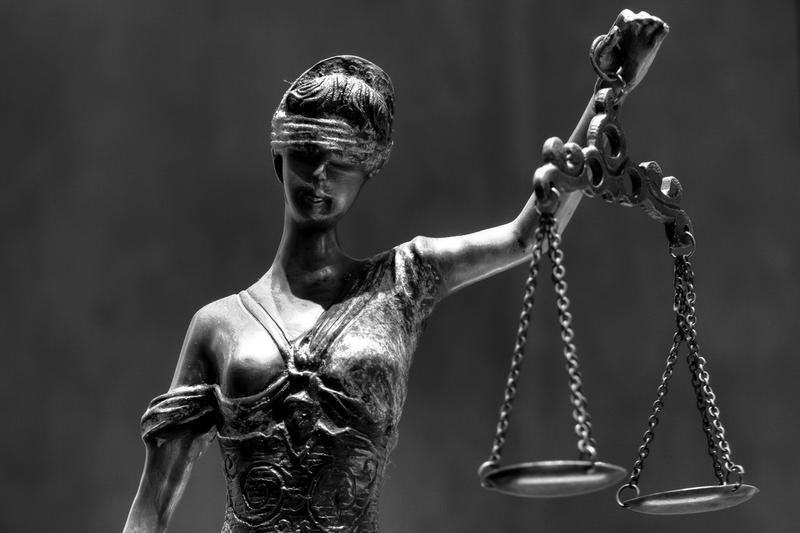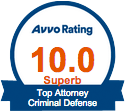A new study from the journal Pediatrics suggests ways to reduce the risk that children will drive under the influence of alcohol or drugs as teenagers.
The study found that 12-year-old children who believed marijuana could help them relax or was otherwise beneficial were more likely to drive under the influence when they were 16. The study also showed these minors were also significantly more likely to ride with someone else who was buzzed, drunk or high behind the wheel.
“Youth view marijuana use as less dangerous than drinking,” the study authors wrote. “We must begin to address how changing views of marijuana might increase risk for not only marijuana use, but other behaviors.”
Driving under the influence is common among American teenagers. The Centers for Disease Control and Prevention estimates that 10% of high school students do so in any given month, and more than 20% have been passengers of someone driving under the influence.
So researchers from Rand Corp. in Santa Monica and Arlington, Va., went looking for risk factors in middle school that could predict these dangerous behaviors in high school. They turned to data from a substance use prevention program called CHOICE that was tested in 16 middle schools in greater Los Angeles.
The Rand researchers focused on 1,124 students who completed detailed surveys in 2009 (when their average age was 12.2 years old), 2011 (when their average age was 14.3) and 2013 (when their average age was 16.3 and 88% were eligible to drive in California). The majority of these students (57%) were girls, and half were Latino.
Using statistical models to control for the students’ age, gender, race and ethnicity, school and whether their mothers had graduated from high school, the researchers identified several factors that seemed to predict unsafe driving at age 16.
According to the study, those who held more tolerant ideas about marijuana when they were 12 (in sixth or seventh grade) were 63% more likely than their peers to admit either driving under the influence themselves or to ride with someone who was under the influence
Additionally, 12-year-olds who felt most confident that they could resist marijuana use wound up being 89% more likely to mix alcohol and drugs with cars, motorcycles or other vehicles. This finding surprised the researchers, they wrote.
By the time the students were 14, some of the risk factors had changed. Those who said they had used alcohol in the last month were more than twice as likely as their peers to drive under the influence or ride with an intoxicated driver two years later.
Also, those whose friends used marijuana were 2.4 times more likely to be involved in unsafe driving later, and those whose family members used marijuana were 54% more likely to do the same.
And positive beliefs about marijuana still mattered — 14-year-olds who had them were still 67% more likely to mix alcohol, drugs and motor vehicles at age 16.
The researchers noted that marijuana has taken on a benign image among middle schoolers “as medical and recreational marijuana legalization increases in our country, adolescents are becoming more accepting of marijuana use,” they wrote. “This highlights the need to address these types of beliefs as early as sixth grade.”
My opinion? If these studies are accurate, they merely reveal our need to EDUCATE our youth about drugs, alcohol and vehicles. In short, DRUGS/ALCOHOL AND VEHICLES DON’T MIX. It doesn’t matter what type of drug you’re taking; whether it be prescription, medical marijuana or street drugs. Don’t do drugs and drive. And it doesn’t matter what type of alcohol you’re drinking. Don’t drink and drive. If your doctor informs you that taking your prescription medication may affect your ability to operate a motor vehicle, then please think twice about operating a motor vehicle.
I’ve assisted many clients facing DUI charges of varying degrees. However, studies like this show that society is becoming less tolerant and sympathetic toward individuals charged with DUI. It takes a very competent and experienced defense attorney to reveal the science, forensics and idiosyncrasies of DUI litigation in today’s anti-drug climate.
Please contact my office if you, a friend or family member are charged with DUI or any other crime. Hiring an effective and competent defense attorney is the first and best step toward justice.

















